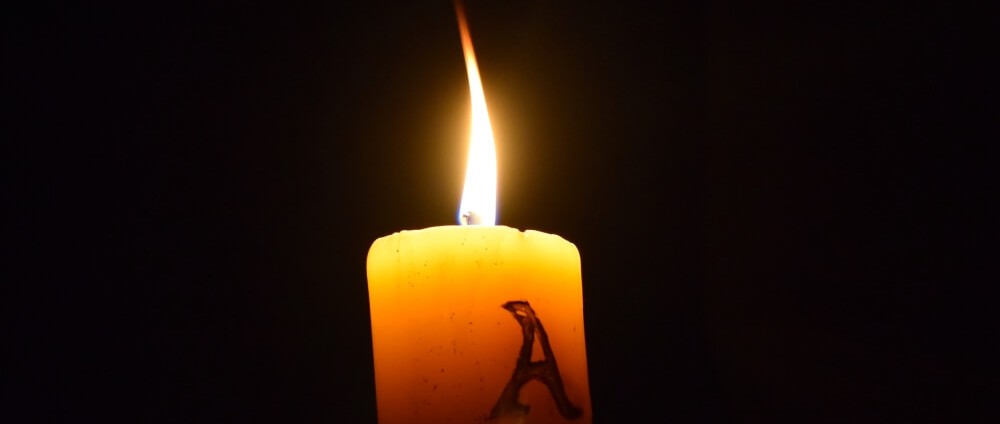Symbols and Signs
National Liturgical Council

…the celebration of the Eucharist, like the entire Liturgy, is carried out through perceptible signs that nourish, strengthen, and express faith … (GIRM 20)
All ritual is associated with symbols. There can be confusion over the use of these two words but a look at their derivation is instructive: symbolon comes from Greek while signum is Latin; these were accepted as compatible terms around the fourth century. Often the words are used interchangeably in liturgical documents.
In latter years 'sign' has come to be interpreted as directly pointing something out by an agreed convention. Some examples of signs are traffic lights which indicate stop, caution and go, or an arrow pointing in a certain direction.
Symbols grow in meaning through their use by a community. Their meaning comes from an inherent quality whose significance increases and deepens through use in the ritual. Understanding a symbol is like going into a never-ending cycle with every turn revealing deeper layers.
Thus bread and wine are naturally accepted as food and drink but the action of Jesus, grounded in the Jewish ritual, takes their meaning into a different realm. The continued celebration of the ritual expands the original connotation.
Another example is water with its innate qualities for washing, quenching thirst, bringing death through drowning. In liturgical use, water contains all these elements but has added resonances of cleansing from sin, Jesus being the living water who quenches our thirst, the initiate dying through immersion in the waters of Baptism to be born anew in Christ.
The gathered assembly is a symbol of the Body of Christ, not simply a crowd of people in one place. A candle is used not just to brighten a dark place but as a symbol of Christ the light of the world, the sun of justice.
Incense takes on a new meaning through its use as a sign of reverence to the presence of Christ in the Word, the presider, the Assembly, the bread and wine, the altar, the dead body of the baptised; it is also a symbol of prayer rising to God, particularly during the Evening prayer of the Liturgy of the Hours.
Symbolic objects such as candles and actions such as washing and sprinkling with water need to be worthy, large and strong enough to carry the weight of their meanings. A tiny candle in a large space does not assist the faithful to recognise its symbolism as the light of Christ. A dab of oil on the head of the newly baptised hardly allows the community to see that this person is being anointed as Christ.
Those instructing people about the liturgy need to be aware of the significance of symbols and to provide experiences and teaching which will open up the richness and complexity of their purpose in the ritual. A child who has never experienced a healing touch will not easily be able to associate anointing with oil and the deep healing of the Spirit in Christ.
